In 1965, a band of concerned global citizens created a nonprofit dedicated to preserving the world’s cultural heritage. Founded in New York City, the organization has come to be known as the World Monuments Fund, a name that’s now recognized across the globe for its conservation efforts. Every other year since 1966, the WMF releases a list of endangered heritage sites in need of preservation and protection, spreading awareness and encouraging support from the global community. From everyday farmhouses in Myanmar to the iconic Notre-Dame in Paris, here are this year’s 25 World Monuments Watch picks.
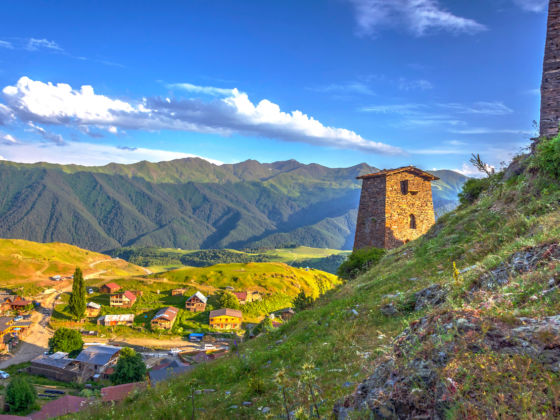
25 Cultural Sites to Save in 2020, According to the World Monuments Fund
1. Koutammakou, Land of the Batammariba

Photo: Homo Cosmicos/Shutterstock
Home of the Batammariba people for centuries, Koutammakou lies in northeastern Togo and part of neighboring Benin. The takienta, or traditional mud dwellings, found there have become symbols of Togolese heritage, earning the cultural landscape a UNESCO World Heritage site designation in 2004. The WMF has included Koutammakou on this year’s watch list to shed light on, and help preserve, Batammariba culture and its unique architectural practices.
2. Ontario Place

Photo: Ontario Place/Facebook
Ontario Place is a waterfront venue in Toronto, Canada, established in 1971 as a recreation center for the city’s residents. Spread across three artificial islands, it originally operated as a theme park and later became an entertainment hub, with concert spaces, a Cinesphere for movie lovers, parkland trails, and events and exhibitions hosted throughout the year. Ontario Place’s popularity has dwindled dramatically over the past couple of decades, leading to yo-yoing closures and reopenings over the years. The WMF and others share concerns over its future as the Ontario government has expressed interest in leasing the site long-term.
3. Easter Island-Orongo
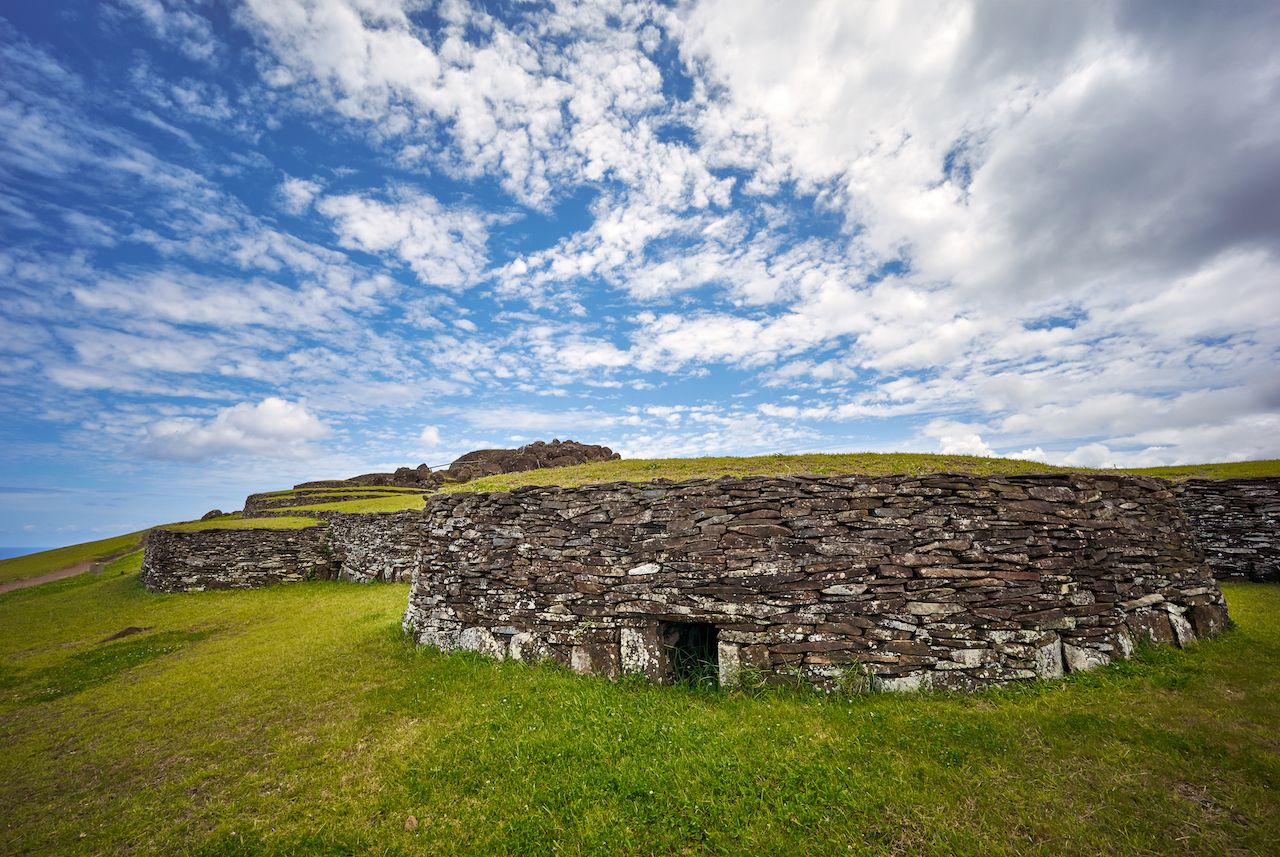
Photo: Alfredo Cerra/Shutterstock
Easter Island, natively Rapa Nui, is a Chilean territory in the southeastern Pacific Ocean. Though the island is famous for its monolithic moai statues, it’s the Orongo village that the World Monuments Fund is particularly keen to protect. Stone dwellings and rock carvings found there date back to the 17th century, and its ceremonial center, Mata Ngarau, was the site of the annual Tangata Manu birdman cult rites in the post-moai era. This isn’t the first time Easter Island and Orongo have made the World Monuments Watch, appearing previously in 1996 and 2000. In 2020, preserving Orongo’s petroglyphs remains a top priority.
4. Alexan Palace

Photo: Kazzazm/Shutterstock
Ancient pyramids claim most of the spotlight where Egyptian architecture is concerned, but this palace in Asyut is a testament to a more modern era. Asyut flourished as a port city in the 19th century, attracting wealthy families that in turn built palatial estates through the turn of the century. Perhaps the most notable example is Alexan Palace, which has been government-owned since 1995 and is currently closed to the public. Local groups are currently in talks to conserve the Nile-overlooking property and convert it into a museum.
5. Notre-Dame of Paris

Photo: Jacky D/Shutterstock
Who can forget last April when flames ravaged Paris’ Notre-Dame, destroying the cathedral’s roof and spire. Reconstruction efforts and rooftop redesign proposals began almost immediately, but the degree of structural damage remains unclear. In solidarity with those working toward rebuilding the cathedral, and with high hopes for its restoration, the World Monuments Fund has included Notre-Dame on this year’s list of precarious landmarks.
6. Bennerley Viaduct
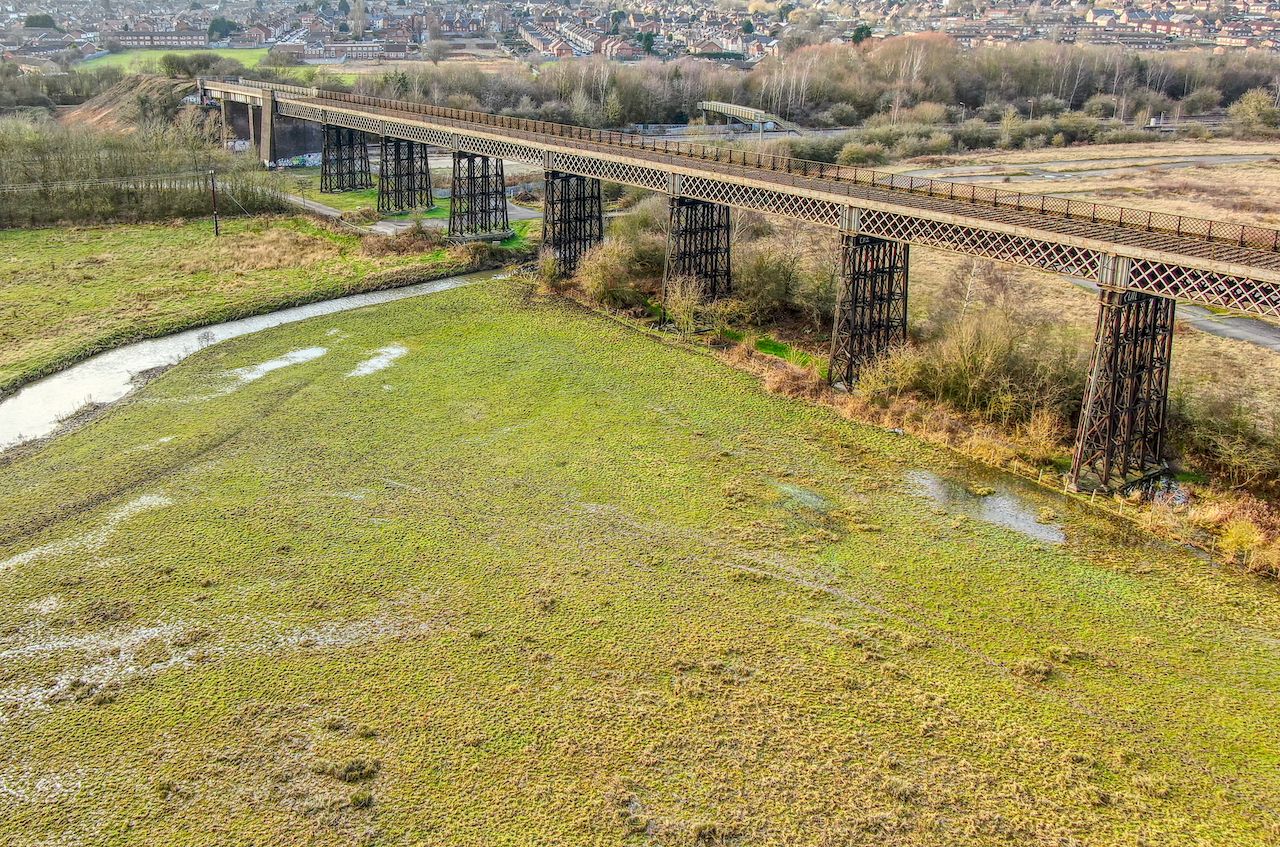
Photo: Peter Yeo/Shutterstock
The Bennerley Viaduct was built across north-central England’s Erewash Valley in 1877. It’s been in disuse for more than 50 years but continues to hold architectural value as one of only two remaining wrought-iron viaducts in England. Currently, a local community group has plans to convert the structure into a walking and cycling route that will connect to trailheads on either side. With its addition on the 2020 World Monuments Watch, the WMF intends to support both the community group and its transformation efforts.
7. Tusheti National Park
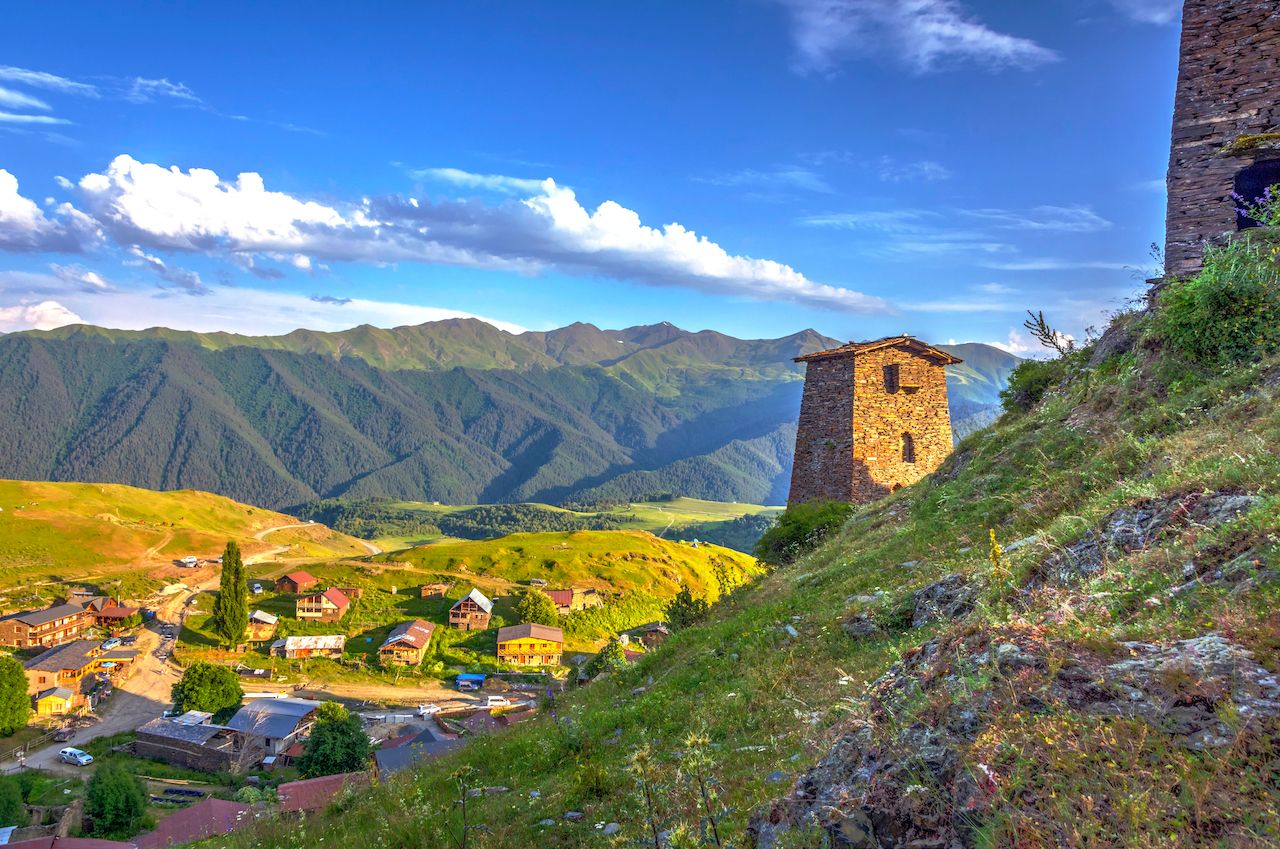
Photo: Ana Flasker/Shutterstock
Though eastern Georgia’s Tusheti National Park nabbed protected status in 2003, the cattle-herding Tushetians who have long lived there, moving from the highlands to the lowlands every winter to ensure year-round shepherding, are at risk of having their lifestyle compromised by tourism. The region is attractive to tourists for its outdoor and cultural opportunities, including horseback riding, hiking, and ruin-touring. Following the proposal of a new highway, which some 12,000 locals have signed an online petition opposing, the WMF hopes to promote sustainable tourism in the area while preserving Tushetian customs.
8. Gingerbread Neighborhood
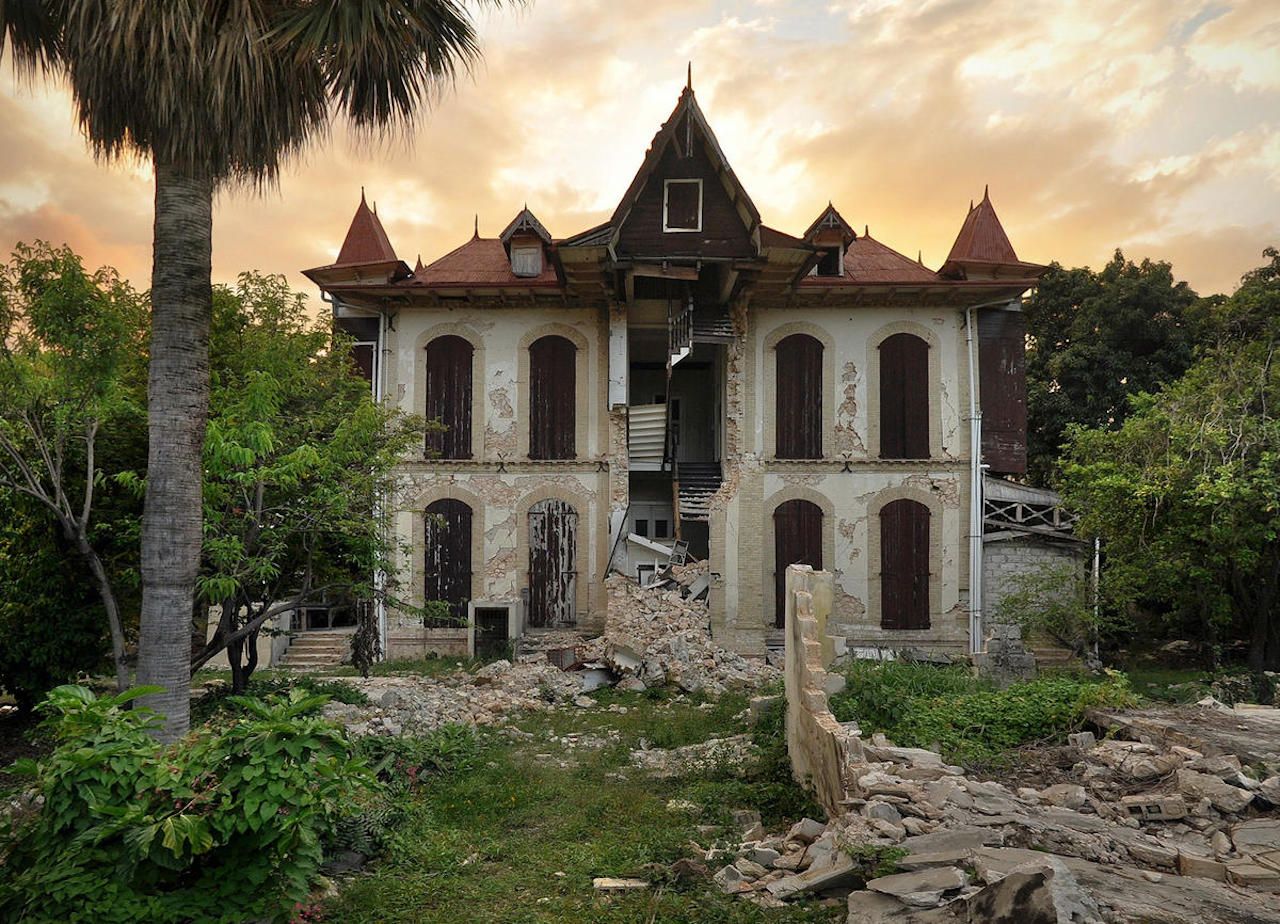
Photo: World Monuments Fund
In and around Port-au-Prince, Haiti, are a collection of “gingerbread” houses, so-named for their characteristic latticework. The 19th-century structures borrow from Victorian architectural styles, yet their high roofs, windows, and porches are adaptations indicative of the local climate. Though the city’s gingerbread houses were hit hard during the 2010 earthquake, locals rallied to restore them, turning the houses into symbols of community spirit rather than natural disaster. Though relatively structurally sound, the WMF has included the gingerbread neighborhood to help foster the educational and cultural centers that have begun appearing there.
9. Historic Water Systems of the Deccan Plateau
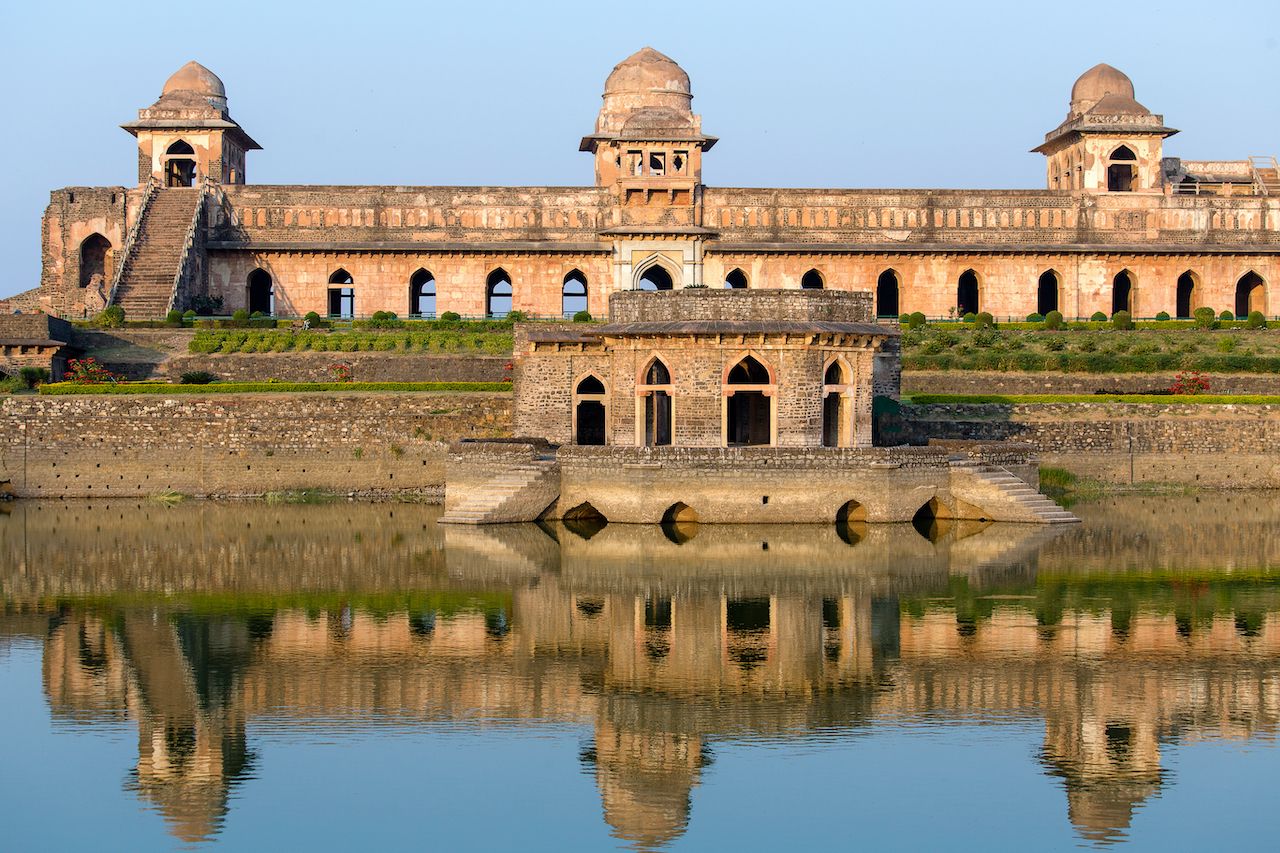
Photo: OlegD/Shutterstock
Water systems explain a lot about how a place, and a people, advanced. In the Marathwada region of Deccan, India, infrastructural developments like reservoirs, tanks, and wells were shaped by monsoon season, which sees extremely heavy rainfall for a few months that was necessary to conserve for the ensuing dry period. Today, only one of the 16 reservoirs built in Marathwada’s Aurangabad district is operational. According to the WMF, it’s worth preserving not only as a historic relic but also a lasting technology that could play a role in the water crisis.
10. Sardar Vallabhbhai Patel Stadium
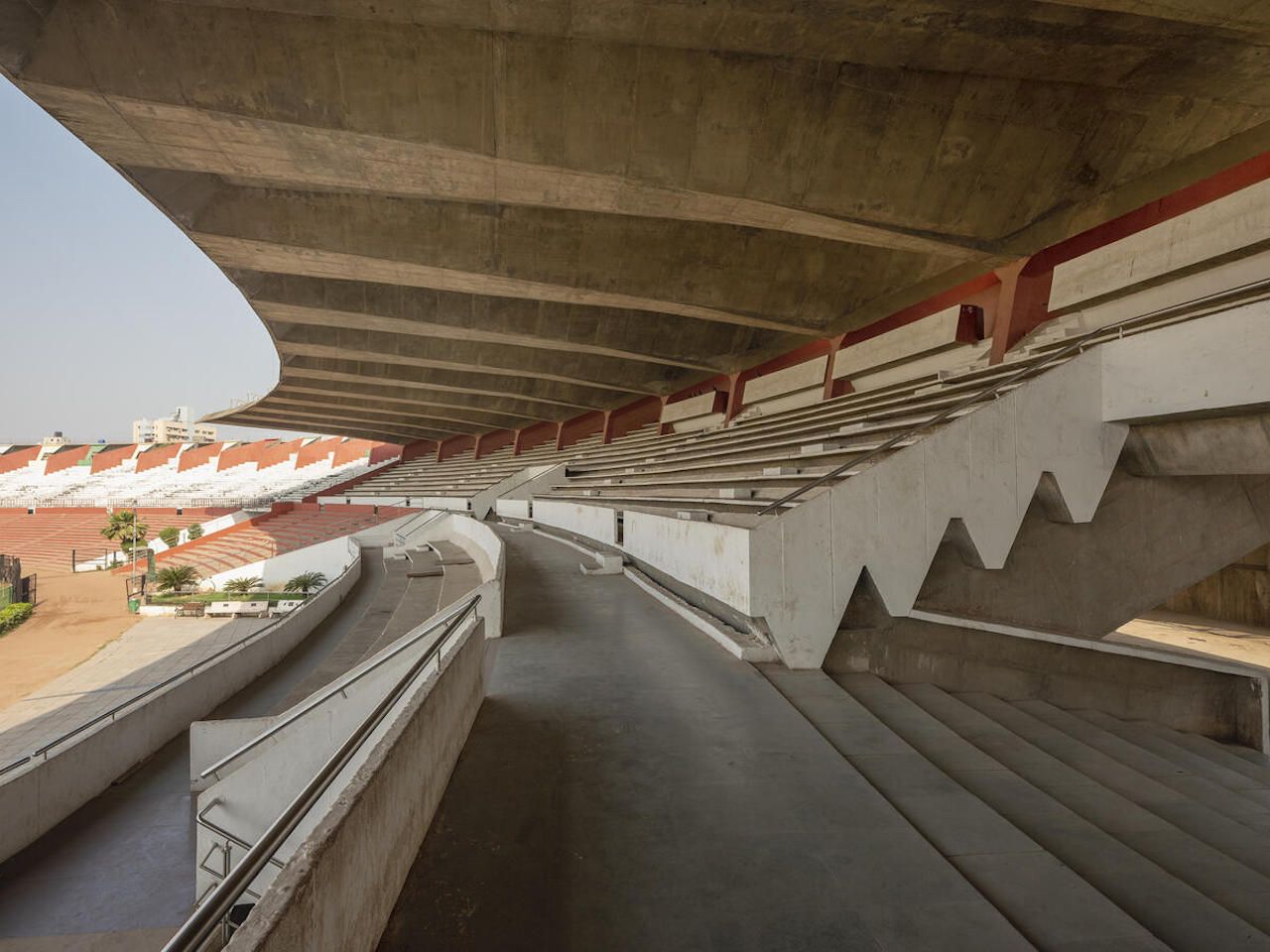
Photo: Ram Rahman/World Monuments Fund
Unlike many of the entries on this list, this cricket stadium in Ahmedabad is used actively to this day. It was originally constructed for international competitions but now hosts domestic games, as well as the odd city-run event, as the home stadium of the Gujarat cricket team. A significant example of the architectural development Ahmedabad, and much of India, experienced after gaining independence, Sardar Vallabhbhai Patel Stadium currently lacks the funding necessary for its physical upkeep and cultural preservation.
11. Mam Rashan Shrine

Photo: Robert Leutheuser/World Monuments Fund
The Mam Rashan Shrine is one of a number of holy sites erected around Mount Sinjar by the Yazidi people of northern Iraq. Linked to the Sinjar region since the 12th century, Yazidis were the victims of a genocide committed by the extremist Islamic State in 2014, which not only devastated the community but also saw the destruction of its religious heritage sites. A relatively small, but not insignificant, number of Yazidis have since reclaimed Sinjar as their home. Rebuilding the Mam Rashan Shrine is integral to reestablishing the community, as well as creating a home for the displaced Yazidis currently on the fence about returning to the area.
12. Inari-yu Bathhouse

Photo: World Monuments Fund
Public bathhouses have been cornerstones of Japanese culture for centuries. The practice of communal washing is dwindling in the modern era, which has also led to the shuttering of a number of Japan’s bathhouses. Located in Tokyo, Inari-yu is an example of a neighborhood bathhouse with staying power as it has stood since 1930. By considering new uses for Japan’s bathhouses, the WMF seeks to preserve the structures and their roles as community centers.
13. Iwamatsu District
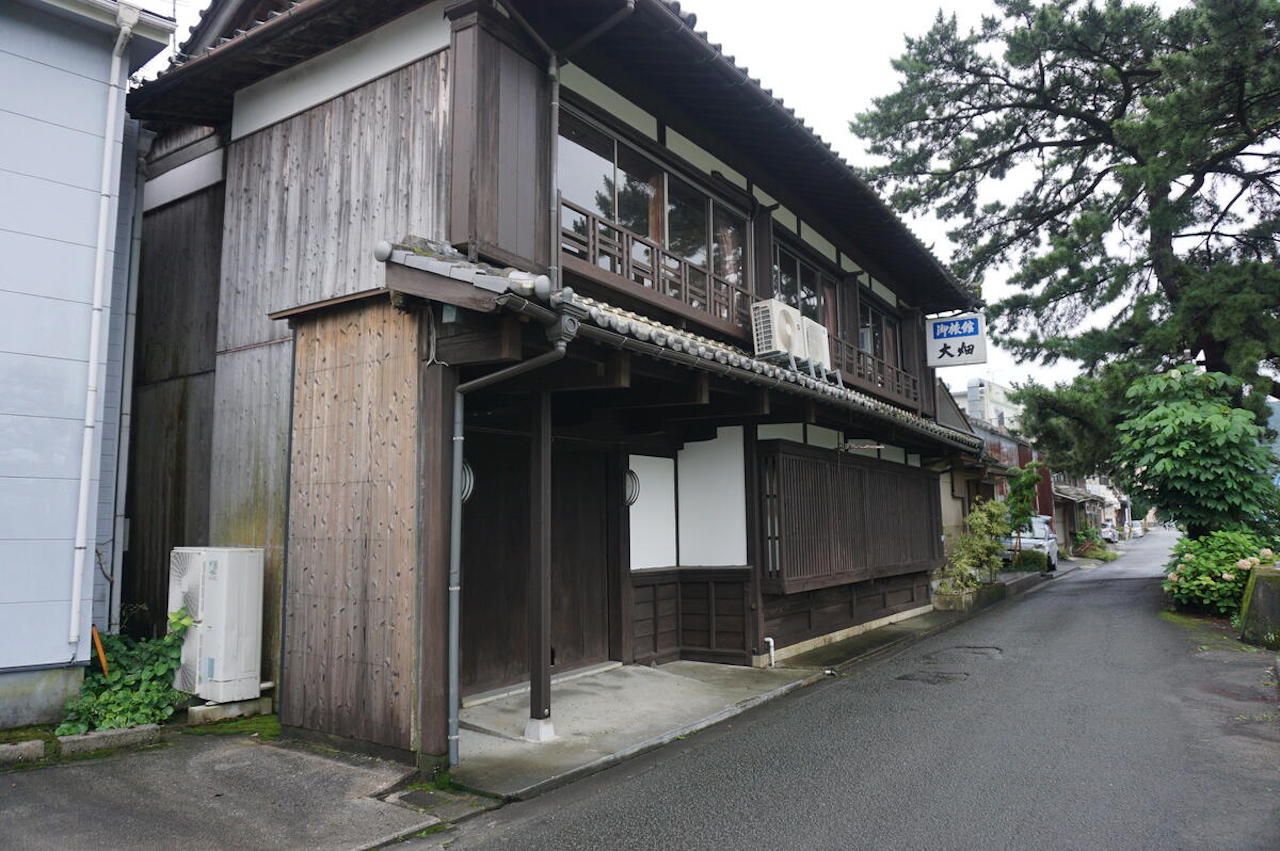
Photo: World Monuments Fund
A port settlement on the island of Shikoku, Iwamatsu made a name for itself by way of sake brewing, coming into its own as a town in the 17th century. Its prosperity peaked during the Meiji era of the late 19th and early 20th centuries, and the surviving structures from that period represent much of its historic value. In 2020, the WMF hopes to save the diminishing Iwamatsu District by refurbishing the erstwhile Konishi family home and other historic merchant houses.
14. Canal Nacional
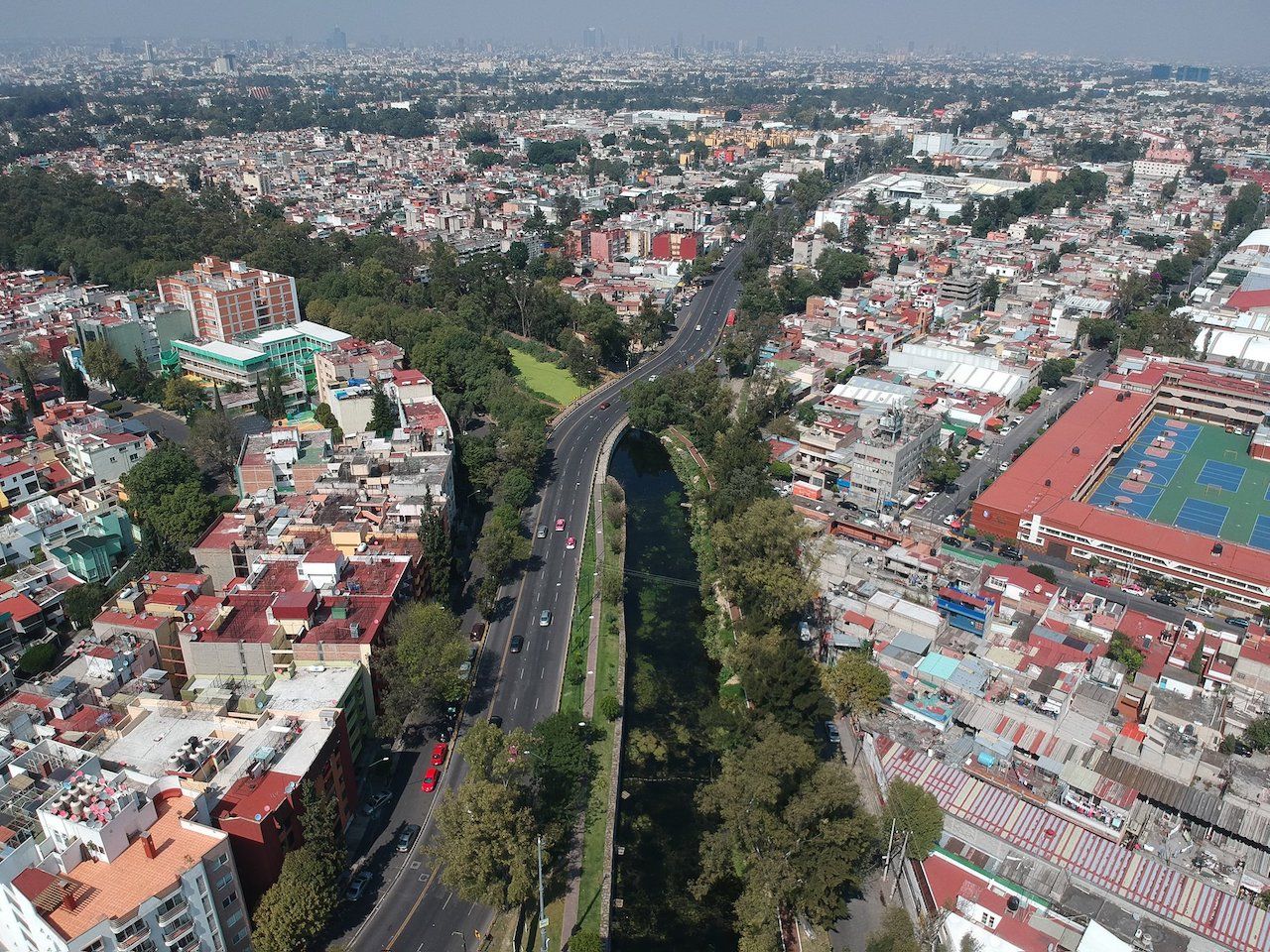
Photo: World Monuments Fund/Facebook
At one time, Mexico City operated on a massive canal system. The waterways were used to transport goods and subsequently became hot spots for both local activity and urban wildlife. The canal network has been largely disregarded since the 20th century, but Canal Nacional has managed to remain relevant to the local community. Though there were talks of converting it into a road, the people of Mexico City protested to keep the waterway intact, a move that the WMF is defending with the canal’s inclusion on this year’s list.
15. Traditional Burmese Teak Farmhouses

Photo: World Monuments Fund/Facebook
Alongside the various abodes featured on this list, Myanmar’s traditional farmhouses have been deemed worthy of conservation. Made from teak and bamboo, and topped with thatched roofs, these village dwellings found around the Irrawaddy river delta chronicle the region’s transition from monarchical to post-colonial, when fewer restrictions were placed on construction materials. There’s a lot left to learn and record about the teak farmhouses that emerged in the late 19th century, a project local students have pledged to undertake with the WMF’s support.
16. Choijin Lama Temple
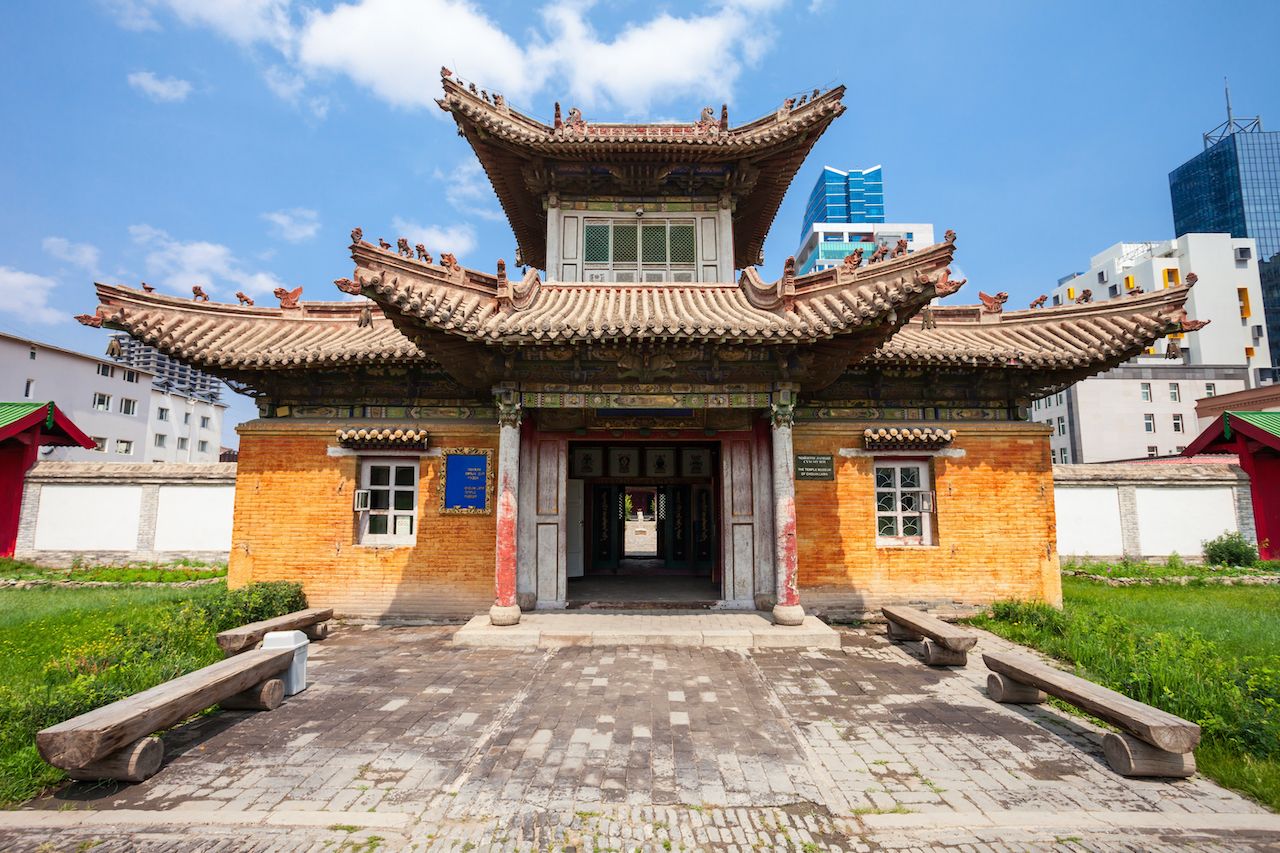
Photo: saiko3p/Shutterstock
When the communist regime swept through Mongolia in the 1920s, traditional Buddhist practices were among the greatest casualties. Both religious figures and artifacts were attacked, and the nation’s monasteries were closed if not razed altogether. The Choijin Lama Temple in Ulaanbaatar is one of few surviving holy sites from that time, and it has served as a museum since 1942. As Mongolian Buddhism makes a comeback in the modern era, the temple’s preservation is of the utmost importance for reclaiming the national heritage.
17. Chivas and Chaityas of the Kathmandu Valley
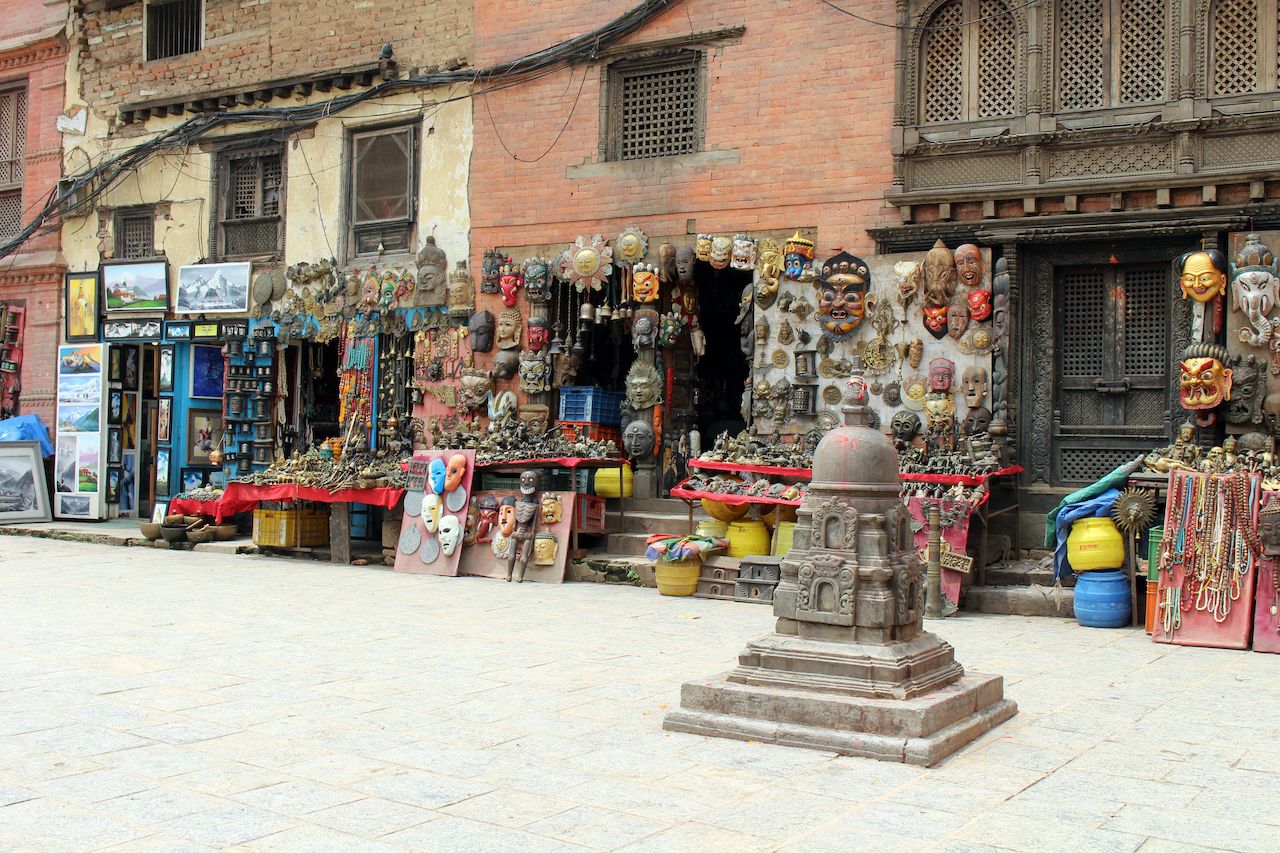
Photo: leodaphne/Shutterstock
Nepal was hit by a massive 7.8 earthquake in 2015, causing significant damage to Kathmandu Valley and its seven UNESCO World Heritage sites. Restoration efforts have been underway since the natural disaster struck, but the World Monuments Fund sees another threat to the valley on the horizon: urbanization. As Kathmandu Valley develops, many of its ancient Buddhist shrines, called chaityas, are at risk of being damaged or destroyed.
18. Anarkali Bazaar
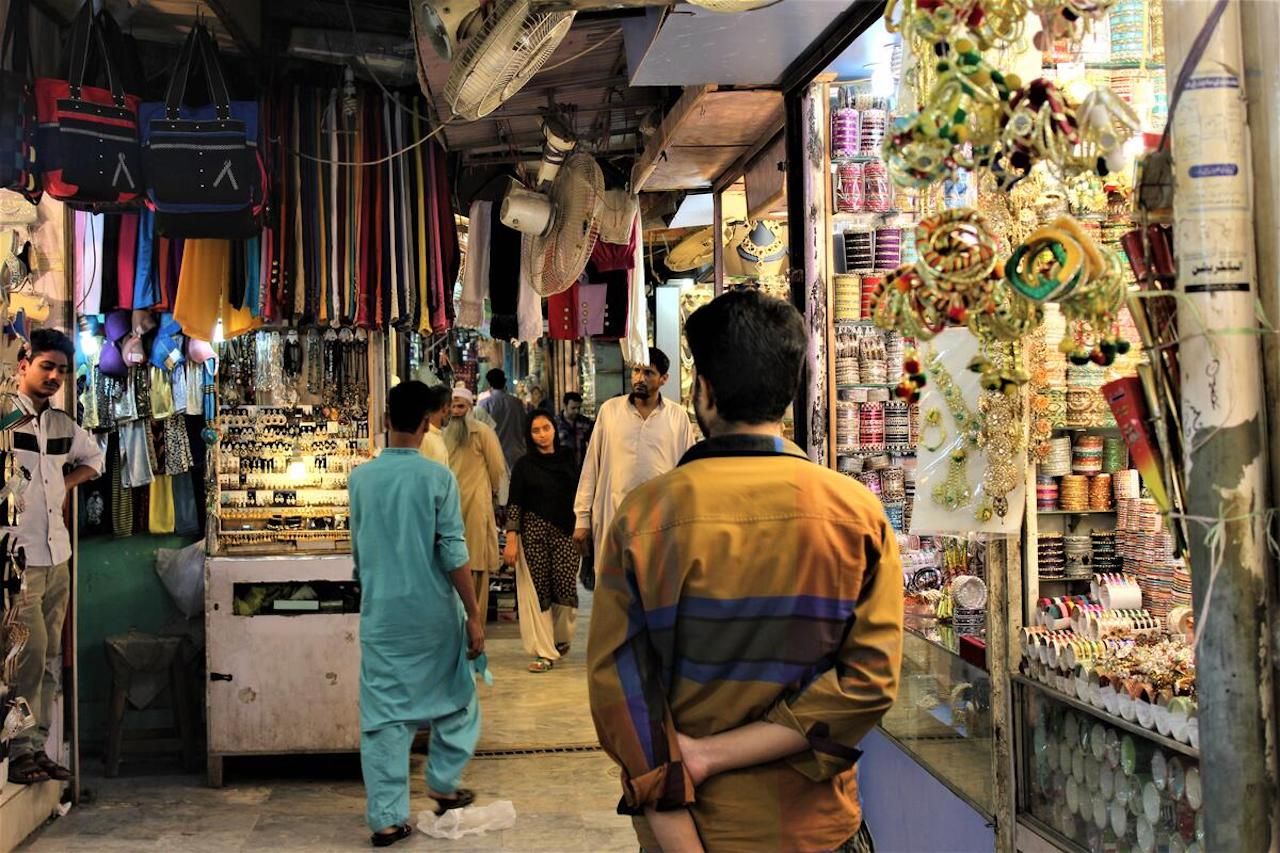
Photo: muratart/Shutterstock
The name of both a neighborhood and market in Lahore, Pakistan, Anarkali has been a hub of activity for centuries. Alongside the bazaar, which is among the oldest lasting markets in South Asia, the neighborhood houses a 16th-century Mughal mausoleum. As the city’s population grows rapidly, the neighborhood is becoming increasingly difficult to maintain, with many of its historic sites bearing the brunt of urban development.
19. Sacred Valley of the Incas
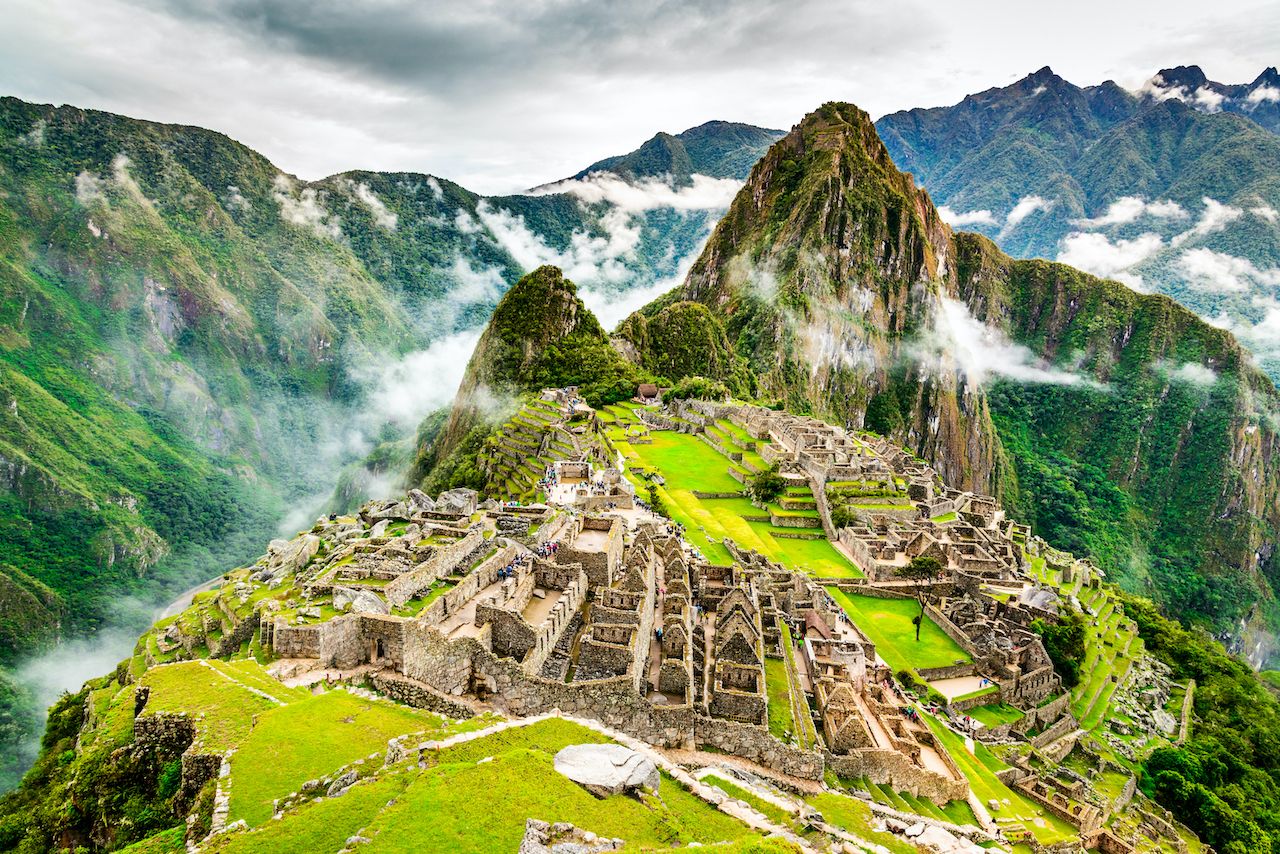
Photo: cge2010/Shutterstock
Just north of Cusco in the Peruvian Andes is the Urumba river valley, otherwise known as the Sacred Valley of the Incas. Home to Machu Picchu, it’s a supremely trafficked area, and the state is in the process of developing an airport in the Sacred Valley to capitalize on its tourism potential. Understandably, this has everyone from archaeologists and anthropologists to the residents of Chinchero and members of the WMF worried about the negative impact the airport will have on the area’s indigenous culture and Incan ruins.
20. Kindler Chapel, Pabianice Evangelical Cemetery

Photo: World Monuments Fund
Though not everyone can pinpoint Pabianice, Poland, on a map next to its better-known neighbor, Lodz, the city was a major player of the country’s 19th-century textile industry. The city’s industrial importance has since waned, but the WMF has a vested interest in seeing the preservation of Kindler Chapel, which was gifted to the people of Pabianice by successful German textile manufacturer Rudolf Kindler. In an effort to rebrand and regenerate, the city seeks to restore the chapel to its prime and dedicate the building to civic use.
21. Courtyard Houses of Axerquía
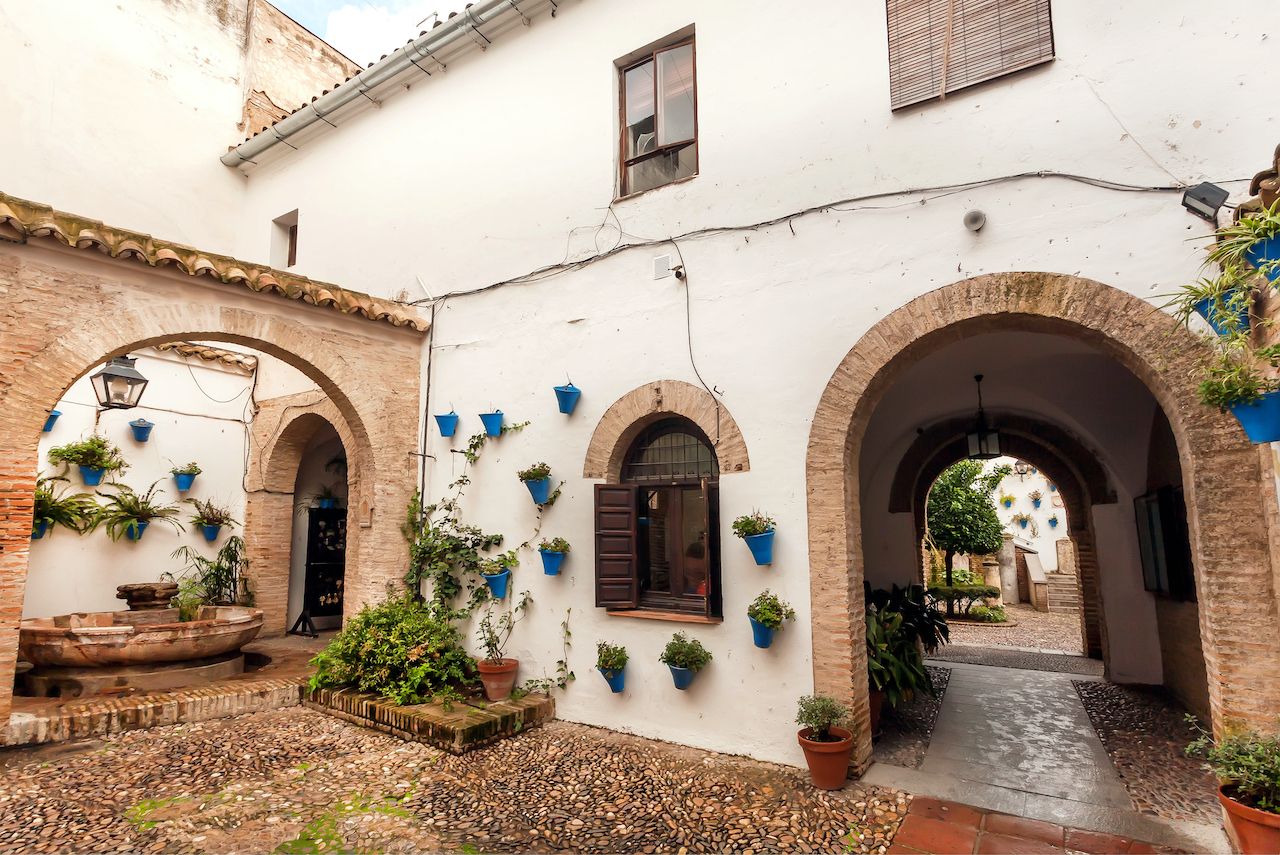
Photo: Radiokafka/Shutterstock
Cordoba, Spain, was established during the Roman era as a prominent port city. Centuries later, it would serve as a cultural capital of Islamic Iberia. As tourism increases, residents are leaving the historic center in favor of less-trafficked areas and more modern digs, and the city’s iconic courtyard houses are getting increasingly run-down. Local efforts are being made to restore the traditional housing, as well as prevent future issues involving mass tourism and gentrification, but the threat of destruction still looms for courtyard houses of Axerquía.
22. Bears Ears National Monument
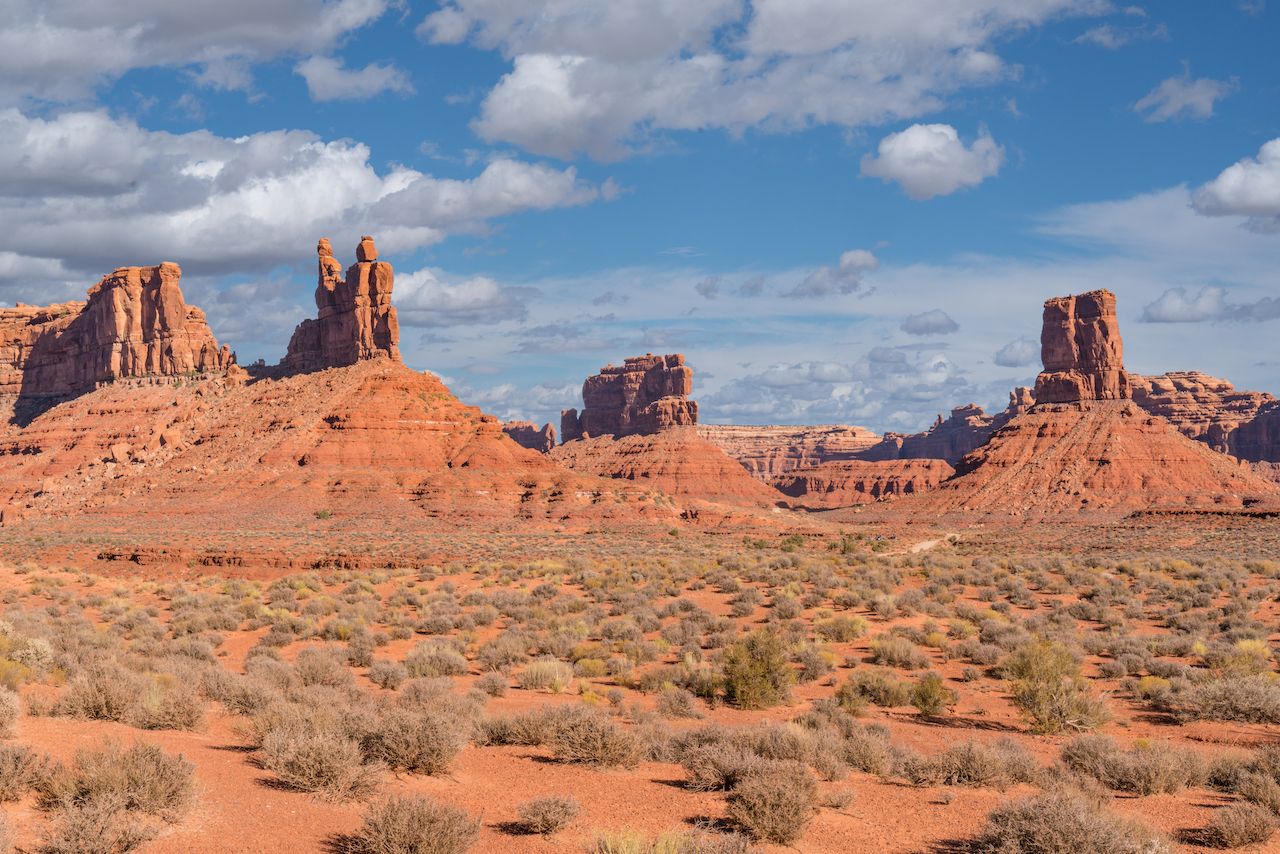
Photo: Paul Brady Photography/Shutterstock
President Barack Obama named Utah’s Bears Ears a national monument in 2016 for its natural value and roughly 100,000 archaeological sites. Less than a year later, President Trump slashed the protected land by 85 percent, opening it up to mining, oil and gas extraction, logging, and other harmful activities. As tourism increases, the WMF hopes to protect the area’s indigenous inhabitants, preserve their ancestral home and heritage, and mitigate the damage being done to the natural environment.
23. Central Aguirre Historic District
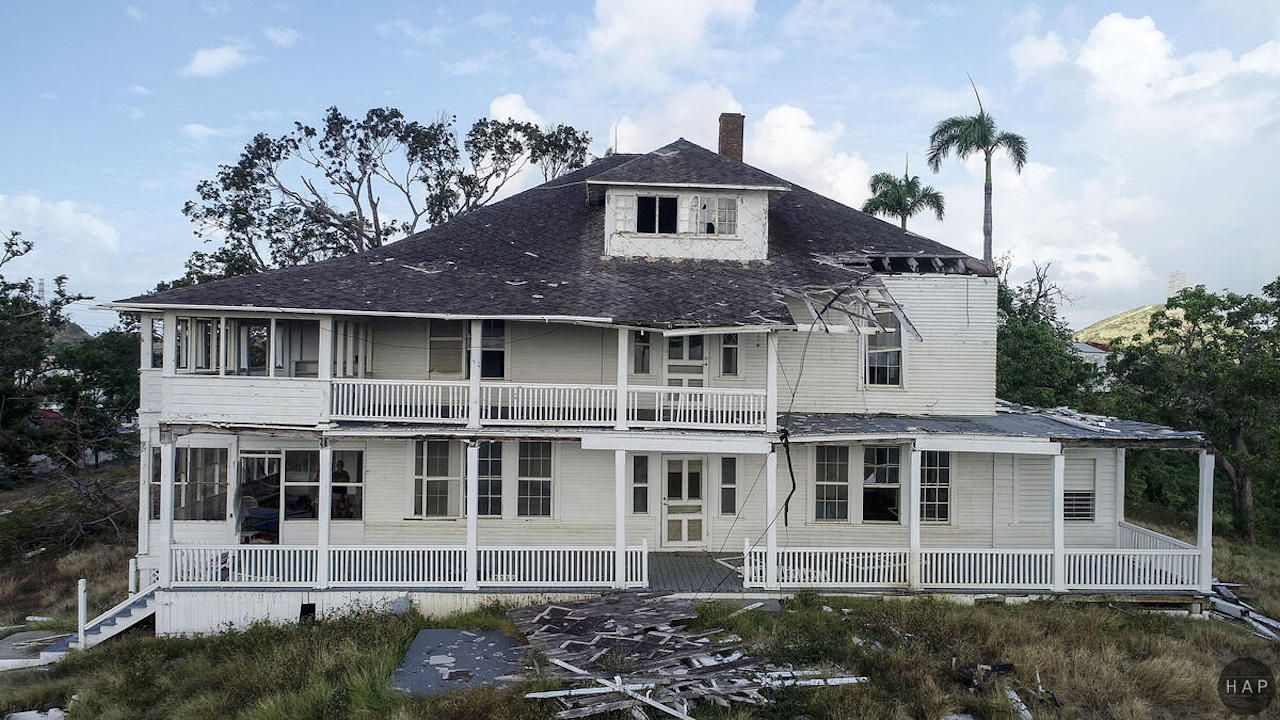
Photo: World Monuments Fund
On the southern coast of Puerto Rico, Central Aguirre established itself as a hub of sugar production between the mid-19th and mid-20th centuries. The entire town revolved around its original sugar mill during its glory days, but as the industry declined, the company town was all but abandoned. After the Irma and Maria hurricanes, the site is suffering even greater disrepair than its issues caused by neglect. In particular, the WMF seeks to preserve Central Aguirre’s historic wooden houses.
24. San Antonio Woolworth Building

Photo: World Monuments Fund
Located on Alamo Plaza since 1921, San Antonio’s Woolworth Building secured its place in history decades later during the civil rights movement. In 1960, it became the site of a successful desegregation campaign when Woolworth’s and six other businesses opened their lunch counters to all without protest. Earlier lunch counter sit-ins had received pushback and often ended with police involvement. What’s to come of the building is uncertain at present, with some, including the WMF, fearing its demolition as San Antonio looks to revamp Alamo Plaza.
25. Traditional Houses in the Old Jewish Mahalla of Bukhara

Photo: mehdi33300/Shutterstock
All eyes were on Uzbekistan last year as Central Asia started trending in the travelsphere. Many visit for the country’s Silk Road history, inevitably landing in Bukhara, a well-preserved medieval city whose historic center is UNESCO protected. Fewer people recognize Bukhara’s role in the Jewish diaspora, yet between the 16th and 20th centuries, it was one of the largest hubs of Jewish activity not only in Uzbekistan but also in Central Asia. The Bukharian Jewish quarter is largely abandoned now, with only 200 or so residents remaining there, jeopardizing the upkeep of the neighborhood’s traditional Bukharian houses. Noting the fine examples of Bukharian Jewish woodworking, the WMF hopes to see these houses preserved or repurposed sustainably.